UN Working Group urges Zimbabwe to invest in girls’ rights for gender equality – JURIST Legal News

Report on Gender Equality and Sustainable Development in Zimbabwe
1.0 Assessment Overview
A United Nations Working Group on discrimination against women and girls has conducted an official visit to Zimbabwe to assess the nation’s progress toward achieving gender equality. The assessment acknowledges Zimbabwe’s constitutional and legislative commitments while highlighting significant barriers that continue to impede the full realization of rights and opportunities for women and girls. The findings underscore the critical need for accelerated action to align national efforts with the targets of the Sustainable Development Goals (SDGs), particularly SDG 5.
2.0 Progress in a Framework of Sustainable Development Goals
The Working Group commended Zimbabwe for establishing a foundational framework for gender equality, which represents progress towards several SDGs:
- SDG 5 (Gender Equality): Constitutional commitments and legislative initiatives provide a basis for advancing the rights of women and girls.
- SDG 16 (Peace, Justice and Strong Institutions): The existence of these legal instruments indicates progress in building effective and accountable institutions.
Despite this framework, the report stresses that legislative measures alone are insufficient without robust implementation and a shift in societal norms.
3.0 Key Challenges to Achieving SDG 5 (Gender Equality)
Persistent patriarchal attitudes and discriminatory social norms were identified as primary obstacles. These challenges directly undermine progress on SDG 5 and its specific targets. Key issues identified include:
- Harmful Practices (SDG Target 5.3): Research cited by UNICEF indicates that one in four girls aged 15-19 is married, reflecting a high prevalence of early marriage.
- Violence Against Women and Girls (SDG Target 5.2): Girls face disproportionate exposure to sexual violence within both domestic and educational settings.
- Systemic Disadvantage: Women, who comprise 52 percent of the population, remain largely disadvantaged, hindering the overarching goal of leaving no one behind as stipulated by the 2030 Agenda for Sustainable Development.
4.0 Interconnected Impacts on Other SDGs
The report highlights how failures in achieving gender equality create cascading negative impacts on other critical SDGs.
4.1 SDG 3: Good Health and Well-being
Barriers to gender equality directly compromise health outcomes for women and girls. Major concerns that contravene SDG 3 targets include:
- High maternal mortality rates, which conflict with Target 3.1 to reduce the global maternal mortality ratio.
- The prevalence of early pregnancy and lack of bodily autonomy.
4.2 SDG 4: Quality Education
Educational disparities remain a significant challenge, impeding progress on SDG 4.
- Equal Access to Education (SDG Target 4.5): Many girls face significant difficulties transitioning to and completing secondary school.
- Education for Sustainable Development (SDG Target 4.7): The lack of widespread human rights education perpetuates cycles of inequality.
5.0 Recommendations for Action
To accelerate progress, the UN Working Group and associated bodies urge the Government of Zimbabwe to take decisive and systemic action. The following recommendations are prioritized:
- Confront Discriminatory Norms: Actively confront and eradicate patriarchal attitudes that devalue girls and women, thereby creating an enabling environment for achieving SDG 5.
- Implement Public Awareness Campaigns: Launch sustained public campaigns to promote gender equality, emphasizing that it is a fundamental human right and a prerequisite for sustainable development.
- Prioritize Human Rights Education: Implement comprehensive human rights education for all children, grounded in the values of equality and dignity, directly supporting the achievement of SDG Target 4.7.
- Enforce Systemic Change: Address inequality through systemic reforms of institutional practices and social norms to ensure that legislative commitments translate into tangible outcomes for women and girls.
The experts concluded by reinforcing that achieving gender equality is a universally beneficial goal that will advance a more just and prosperous society for all citizens, including men and boys, thereby contributing to SDG 10 (Reduced Inequalities).
Relevant Sustainable Development Goals (SDGs)
-
SDG 5: Gender Equality
This is the most prominent SDG in the article. The entire text focuses on the UN Working Group’s assessment of gender equality in Zimbabwe, highlighting issues like discrimination against women and girls, patriarchal attitudes, early marriage, gender-based violence, and the need for women’s empowerment.
-
SDG 4: Quality Education
The article directly addresses this goal by mentioning “limited educational opportunities” for girls and their “difficulties transitioning to secondary school.” It also calls for “human rights education for boys and girls” to promote equality.
-
SDG 3: Good Health and Well-being
This goal is connected through the specific mention of “high maternal mortality” as one of the pressing challenges faced by women in Zimbabwe.
-
SDG 16: Peace, Justice and Strong Institutions
The article’s focus on eliminating “sexual violence both at home and in schools” and the call for a “just and equal society” where human rights are upheld connect to the targets of this goal related to reducing violence and promoting justice.
Specific SDG Targets
-
Targets under SDG 5 (Gender Equality)
- Target 5.1: End all forms of discrimination against all women and girls everywhere. The article discusses the need to dismantle “discriminatory attitudes” and change “social norms that perpetuate inequality,” which directly aligns with this target.
- Target 5.2: Eliminate all forms of violence against all women and girls in the public and private spheres. This is identified through the mention of “gender-based violence” and the fact that girls are “disproportionately exposed to sexual violence both at home and in schools.”
- Target 5.3: Eliminate all harmful practices, such as child, early and forced marriage. The article explicitly states that “early marriage and pregnancy” are pressing challenges and cites that “one in four girls aged 15-19 is married.”
- Target 5.5: Ensure women’s full and effective participation and equal opportunities for leadership. The call to empower women and nurture girls’ “potential as future leaders, innovators and change makers” supports this target.
-
Targets under SDG 4 (Quality Education)
- Target 4.1: Ensure that all girls and boys complete free, equitable and quality primary and secondary education. The article points to this target by highlighting girls’ “limited educational opportunities” and “difficulties transitioning to secondary school.”
- Target 4.7: Ensure that all learners acquire the knowledge and skills needed to promote sustainable development, including… gender equality. The recommendation to implement “human rights education for boys and girls, grounded in the values of equality” is a direct reference to this target.
-
Targets under SDG 3 (Good Health and Well-being)
- Target 3.1: Reduce the global maternal mortality ratio. This is directly referenced by the article’s statement that “high maternal mortality” is a key challenge in Zimbabwe.
-
Targets under SDG 16 (Peace, Justice and Strong Institutions)
- Target 16.1: Significantly reduce all forms of violence and related death rates everywhere. The focus on eliminating “sexual violence” against girls at home and in school is relevant to this target.
- Target 16.2: End abuse, exploitation, trafficking and all forms of violence against and torture of children. This target is implied by the specific mention of violence against girls, who are children, in various settings.
Implied or Mentioned Indicators
-
Indicator for Target 5.3 (Early Marriage)
The article provides a specific statistic that serves as an indicator: “one in four girls aged 15-19 is married.” This is a direct measure of the prevalence of child marriage.
-
Indicator for Target 3.1 (Maternal Mortality)
While no specific number is given, the article identifies “high maternal mortality” as a key challenge. This implies that the maternal mortality ratio is a critical indicator being used to assess the well-being of women in the country.
-
Indicator for Target 4.1 (Education)
The mention of “difficulties transitioning to secondary school” for girls implies the use of indicators such as the secondary school transition rate or completion rate for girls to measure educational attainment and opportunity.
-
Indicator for Target 5.2 (Gender-Based Violence)
The statement that girls are “disproportionately exposed to sexual violence both at home and in schools” implies that the prevalence or incidence rate of sexual violence against women and girls is an indicator used to measure this problem.
Summary Table of SDGs, Targets, and Indicators
| SDGs | Targets | Indicators (Mentioned or Implied in the Article) |
|---|---|---|
| SDG 5: Gender Equality | 5.3: Eliminate all harmful practices, such as child, early and forced marriage. | Proportion of girls aged 15-19 who are married (“one in four girls aged 15-19 is married”). |
| SDG 5: Gender Equality | 5.2: Eliminate all forms of violence against all women and girls. | Prevalence of sexual violence against girls (“disproportionately exposed to sexual violence both at home and in schools”). |
| SDG 5: Gender Equality | 5.1: End all forms of discrimination against all women and girls everywhere. | Existence of legislative initiatives and need to dismantle discriminatory social norms. |
| SDG 3: Good Health and Well-being | 3.1: Reduce the global maternal mortality ratio. | Maternal mortality rate (“high maternal mortality”). |
| SDG 4: Quality Education | 4.1: Ensure that all girls and boys complete free, equitable and quality primary and secondary education. | Secondary school transition/completion rates for girls (“difficulties transitioning to secondary school”). |
| SDG 4: Quality Education | 4.7: Ensure all learners acquire knowledge and skills needed to promote sustainable development, including gender equality. | Implementation of human rights and equality education in the curriculum. |
| SDG 16: Peace, Justice and Strong Institutions | 16.1 / 16.2: Reduce violence / End abuse and violence against children. | Prevalence of sexual violence against girls in home and school settings. |
Source: jurist.org

What is Your Reaction?
 Like
0
Like
0
 Dislike
0
Dislike
0
 Love
0
Love
0
 Funny
0
Funny
0
 Angry
0
Angry
0
 Sad
0
Sad
0
 Wow
0
Wow
0


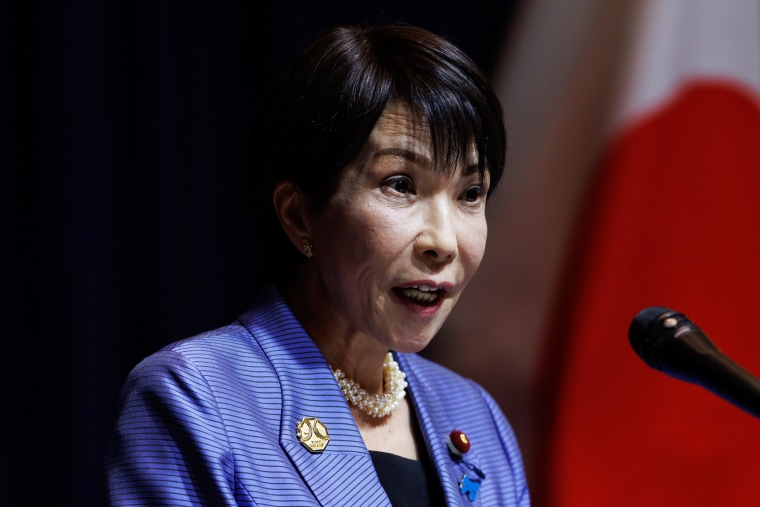
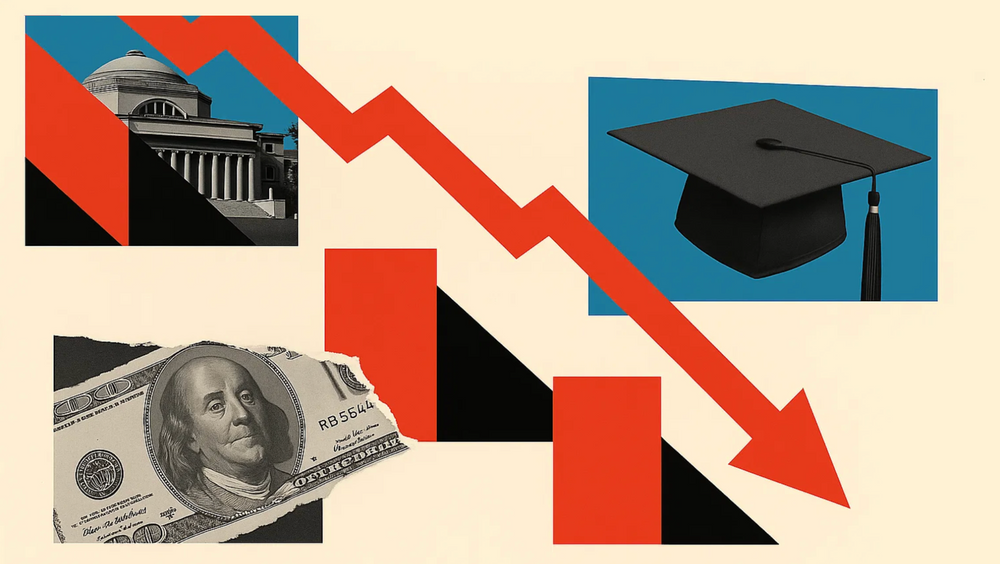











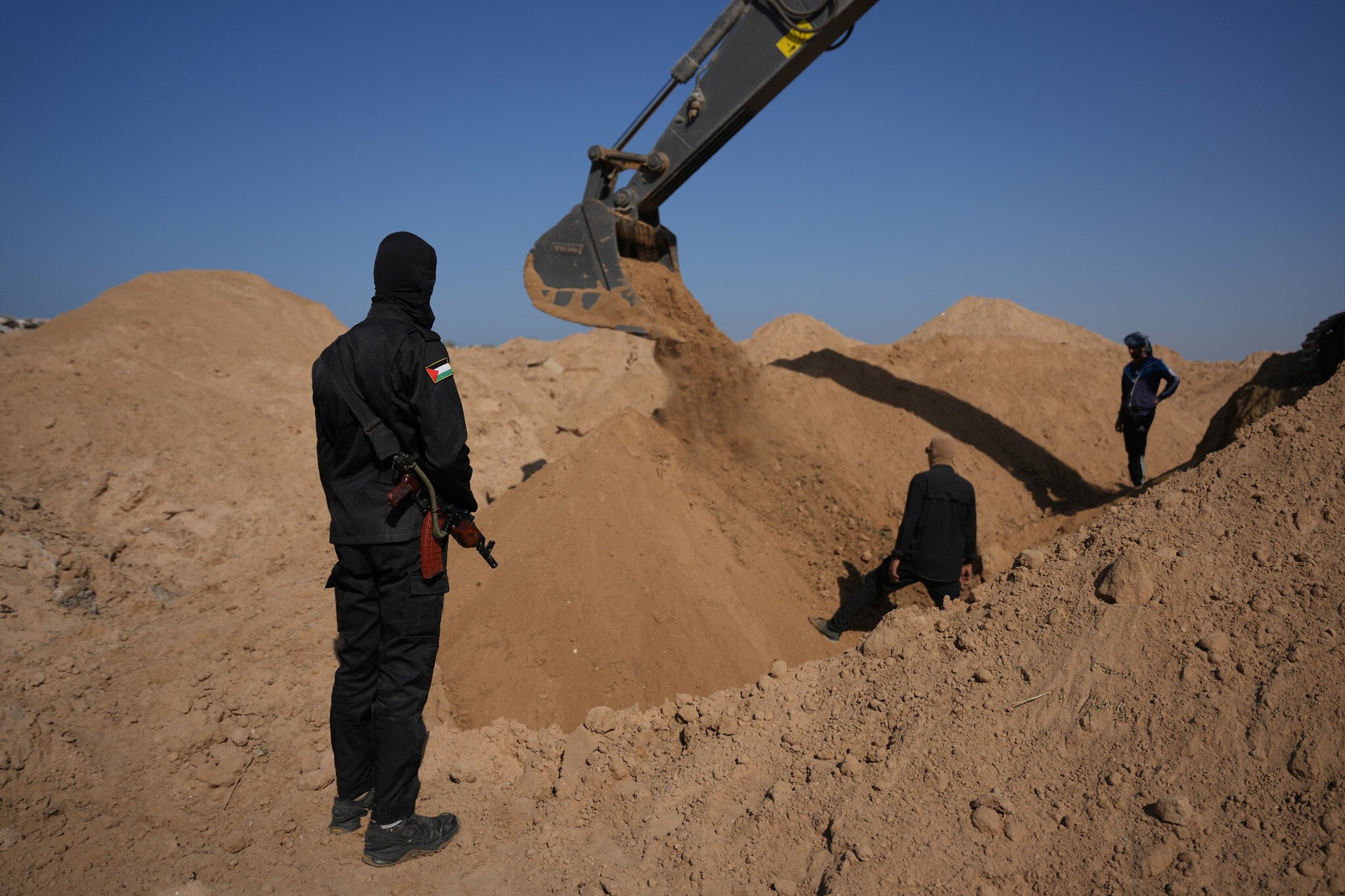
















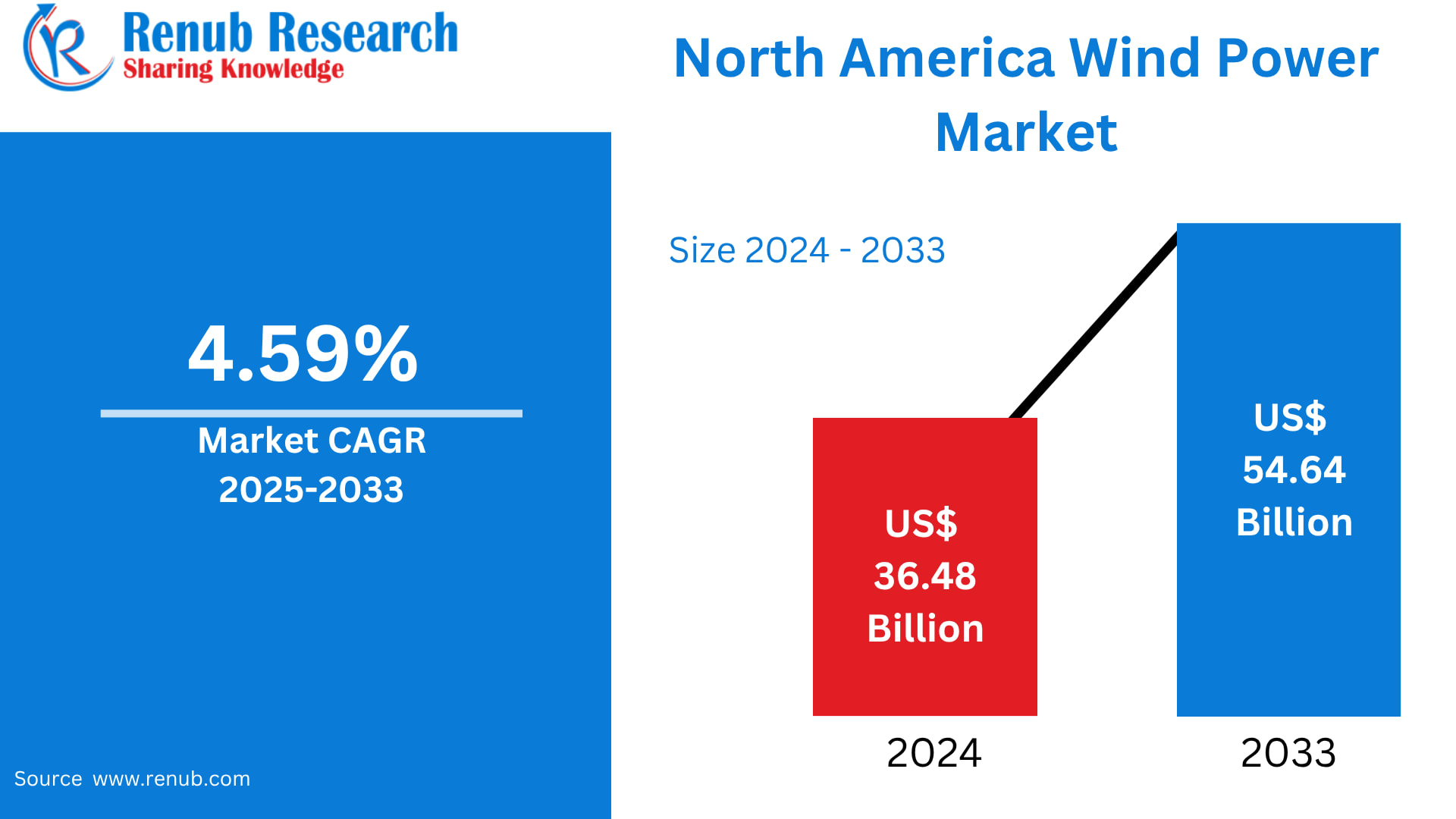












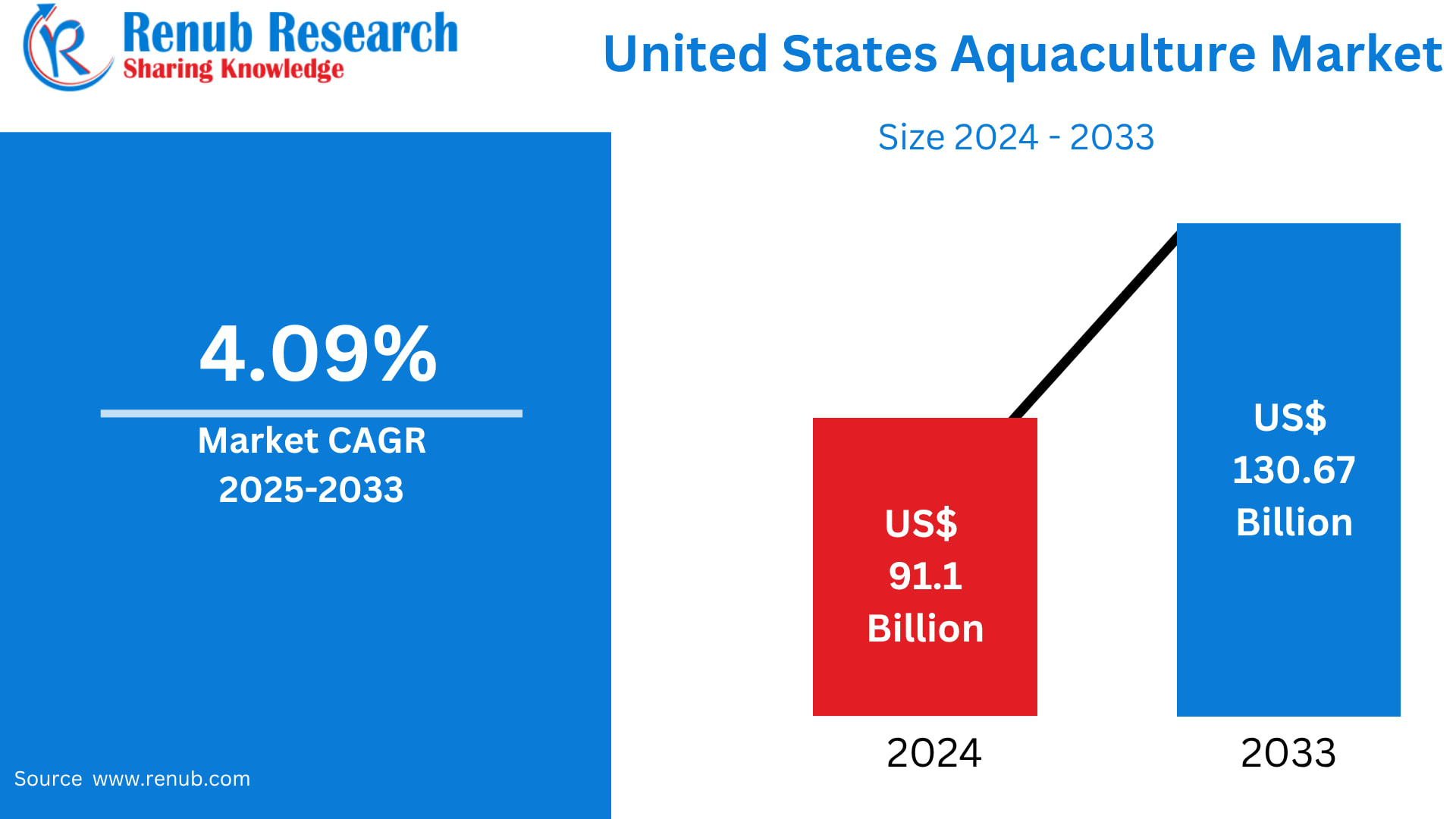







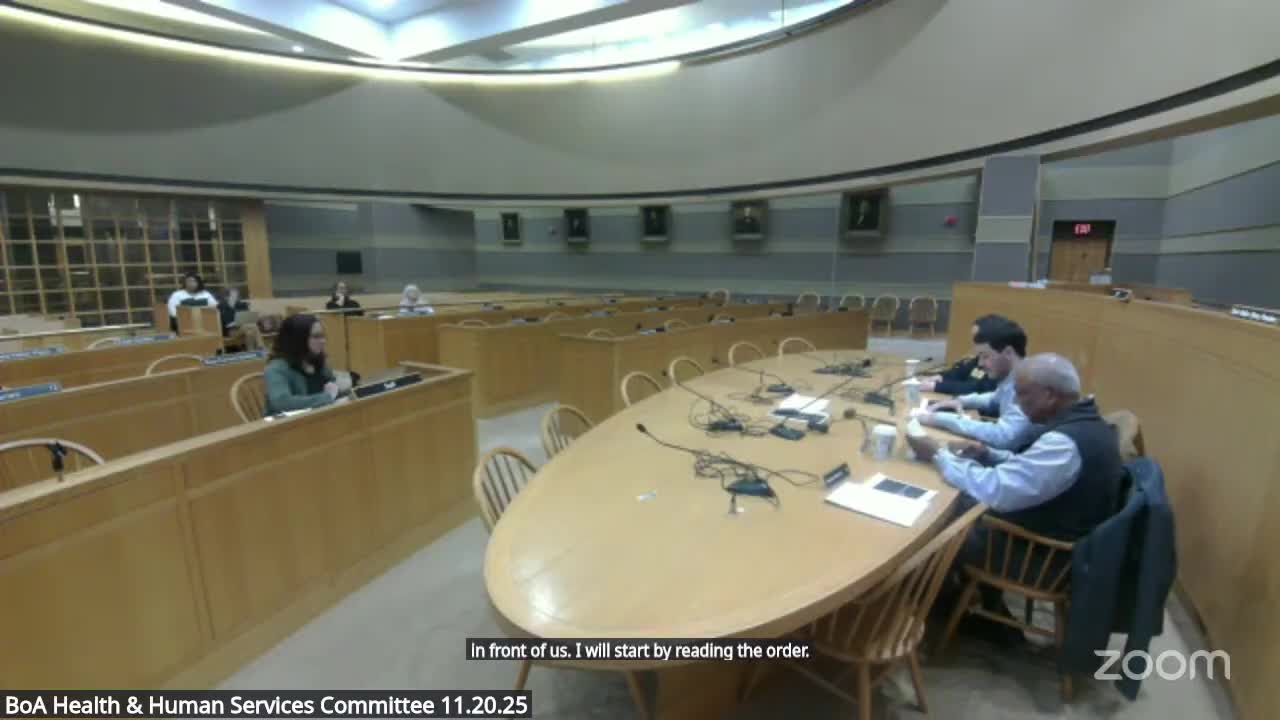



.jpg?format=1500w#)






















